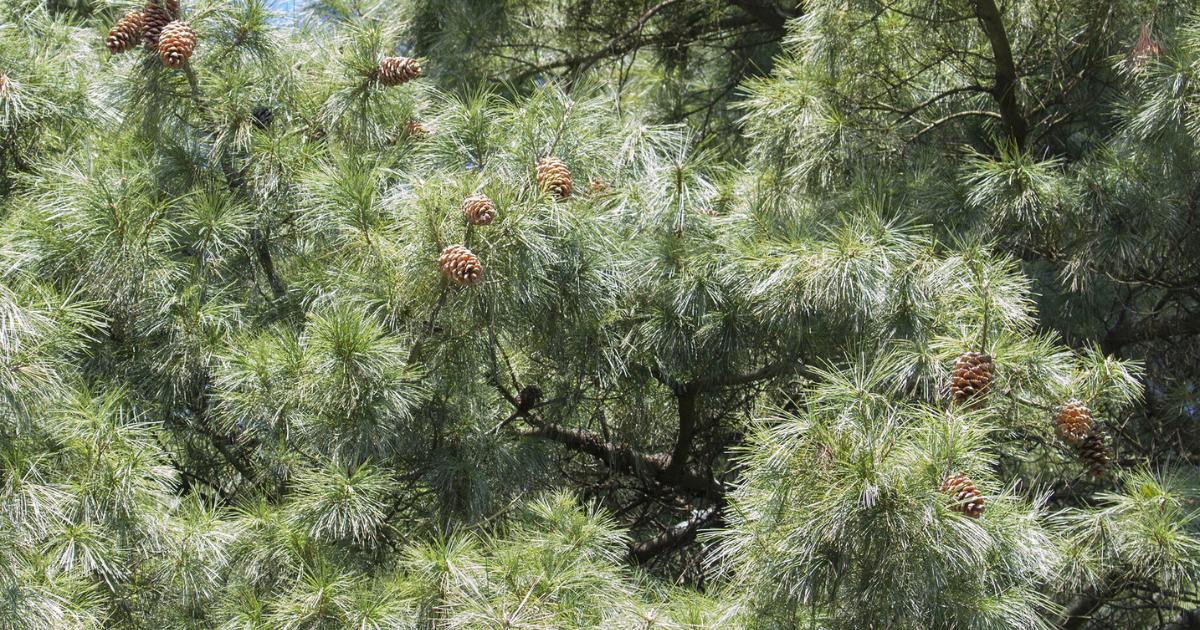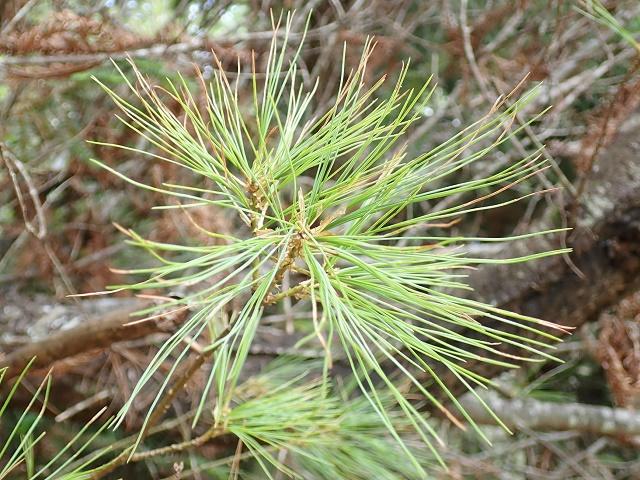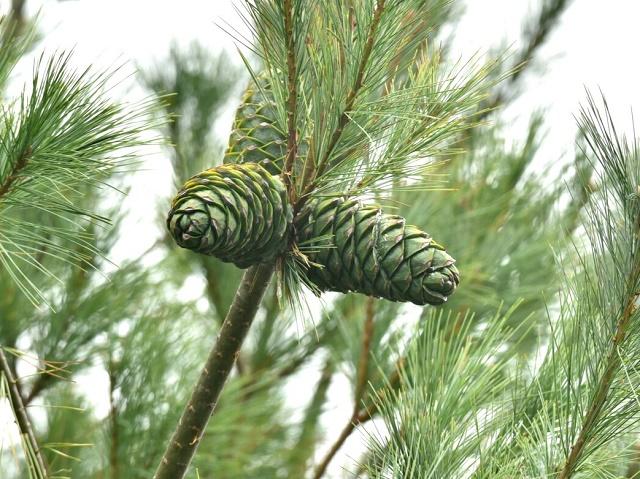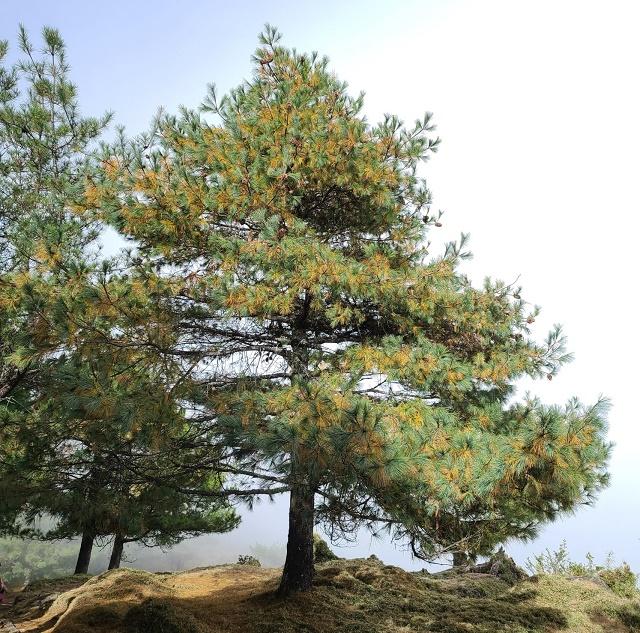Characteristics of Chinese White Pine (Pinus armandii)

The Chinese White Pine or Armand Pine (Pinus armandii) is a species of pine native to China (Shanxi, Gansu, and Yunnan) with upland populations in Anhui. This tree grows at altitudes between 1,000-3,300 m asl in China, and 2,200-3,000 m asl in Taiwan, and northern Myanmar.
In Chinese, Pinus armandii is known as Mount Hua Pine or Pinus Huashan (华山松), and Five-bearded Pine (五鬚松).
The Pinus armandii species has three varieties including:
- Pine armandii var. armandii
- Pine armandii var. mastersiana
- Pine armandii var. dabeshanensis
Chinese White Pine has also been reported in the past from Hainan off the southern coast of China, and two islands off the southern coast of Japan. But the two pines were distinct after being identified, and are now treated as separate species, as the Hainan White Pine (Pinus fenzeliana) and the Yakushima White Pine (Pinus amamiana).
The Chinese White Pine has leaves that are green but from a distance, they are somewhat white or silvery and are considered by the Chinese to be a symbol of longevity and immortality.
The resin is considered a soul substance. According to ancient Chinese history, seekers of the Tao of immortality consumed a lot of tree resin, hoping thus to prolong life.
Legend has it that Qiu Sheng (仇生) who lived during the reign of King Chengtang of Shang (商成汤王) from 1675-1646 BC, the founder of the Shang Dynasty, was indebted for his longevity into pine resin.
Shouxing, the Chinese god of longevity (寿星), is usually depicted standing under a pine tree, while a Red-crowned Crane (Grus japonensis) perches on a tree branch. In the traditional image of “happiness, honor, and long life” (福禄寿三星), the pine tree represents longevity, in the same way that the bat symbolizes good luck due to its homonymous relationship with the Chinese character for good luck (福).
The mushroom, which the Chinese call Fu Ling grows on the roots of a pine tree, and is believed by the Chinese to suppress all sensations of hunger, cure various ailments, and prolong life.
Characteristics of Chinese White Pine Leaves

The Chinese White Pine is a member of the white pine group, Pinus subgenus Strobus, and like all members of that group, its leaves are needle-like, located in the fascia (bundles) of five, with a deciduous sheath. Each leaf blade is 8-20 cm long.
Characteristics of Chinese White Pine Fruit

Cones 9-22 cm long, 6-8 cm wide, with sturdy and thick scales. The seeds are large, 10-16 mm long, and have only vestigial wings. The cone ripens in the second year.
The seeds are often harvested and sold as pine nuts. Research shows that these nuts can cause pine mouth syndrome.
Characteristics of Chinese White Pine Tree

The Chinese White Pine can grow into a medium-sized tree with a height of 35 meters and a trunk diameter of up to 1 meter in the wild. But it will be shorter if planted in the yard or garden.
This species is important in forestry plantations in some parts of China. In addition, the Pinus armandii is also often used as an ornamental tree in large gardens in Europe and North America. In East Asia, the Chinese White Pine is sometimes cultivated as a bonsai tree.
The scientific name Pinus armandii is used to commemorate the French missionary and naturalist Armand David, who first introduced it to Europe.
Leave a Reply